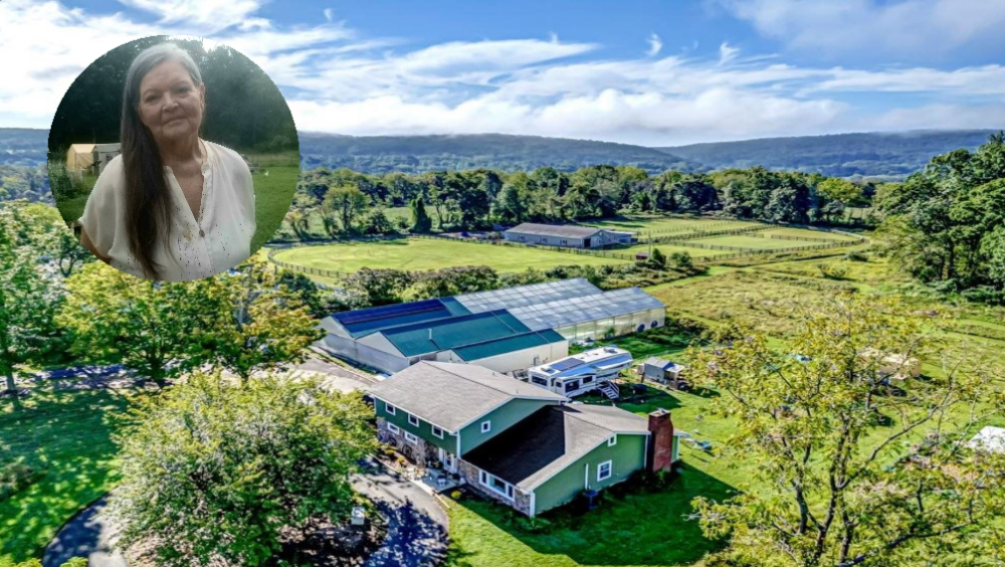Click here to go directly to help page: https://bit.ly/4fNerCn Donna Appel Sherman is facing a life-threatening battle with advanced-stage cervical and bladder cancer, requiring treatment at a specialized Critical Care Cancer Center. A delay in entering the care center could lead to total kidney failure. As the treatment is out…
-
-
Donna Appel – The Health Freedom Warrior – Vlog Entry Aug 23, 2024
August 23, 2024 The Health Freedom Warrior Addresses Positive Support Teams and Diet Today Donna discusses having a supportive cheerleading team that keeps you focused and positive as you walk this path. This is #1 important – the most important. It’s tough to heal in a negative environment, in an…

